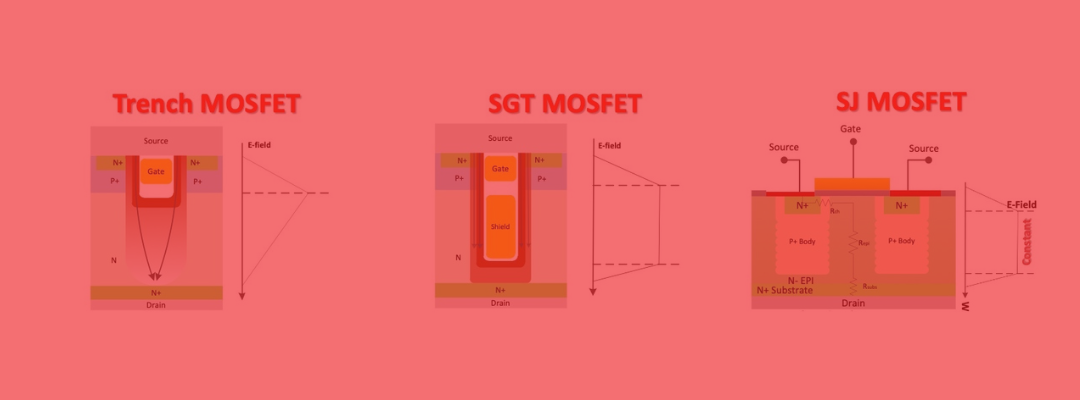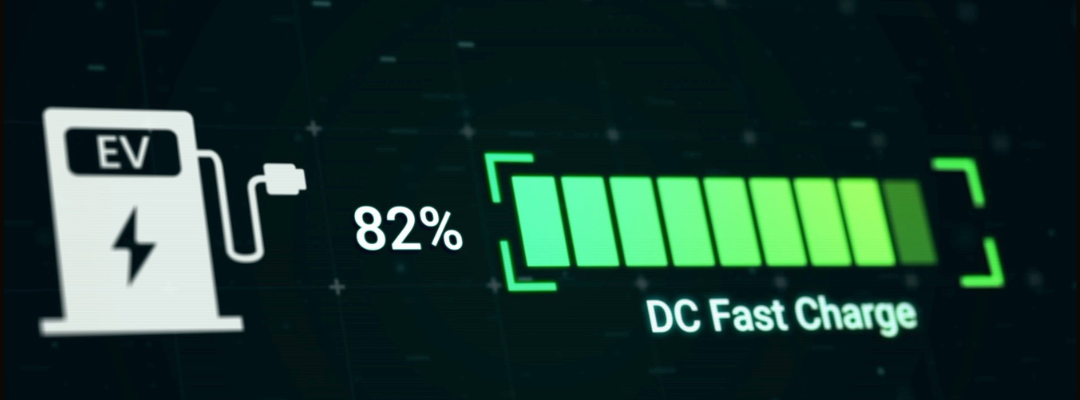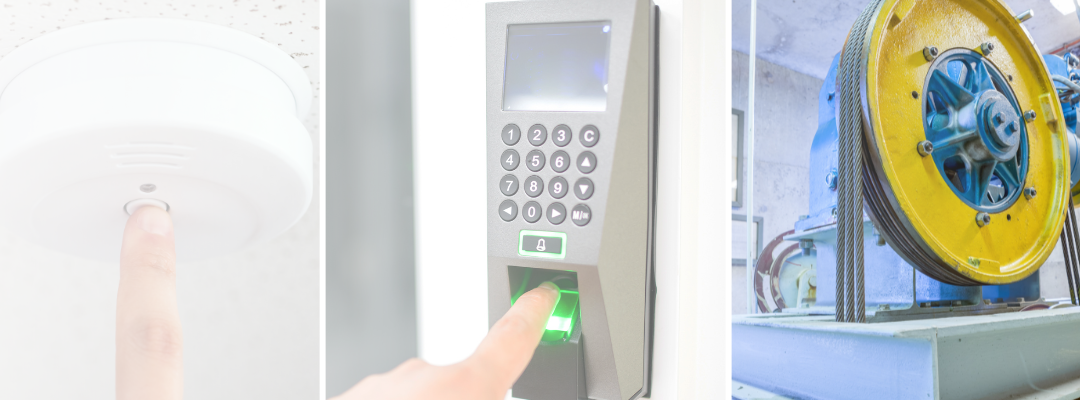Reliable, Sustainable Solutions Required
Connected city. Future-forward city. Smart city. Whatever you choose to call it, the end goals are the same: using smart technology to improve the lives of citizens, reducing carbon emissions, leveraging renewable and sustainable energy, and implementing intelligent use of data.
One of the biggest drivers (no pun intended!) of transitioning to smart cities is how people get to and from work and play. A recent Deloitte-ThoughtLab Global City Survey revealed cities planned to increase the usage of sustainable modes of transport over the next five years, including city buses, hybrid/electric vehicles for public transit, and subway/metro systems.
But they are also putting significant prioritization on eco-friendly consumer transportation methods, including:
- E-scooters - 89%
- Bikes/e-bikes - 74%
- Electric/hybrid private vehicles - 72%
- Walking 52%
All modes besides walking and motorless bikes require rechargeable batteries to combine the convenience of e-mobility with the intelligent use of renewable energy, making EV infrastructure more crucial than ever.
Here’s what MCC Field Application Engineer, Ahmet Oral, has to say about which smart city applications are ideal for the various solutions we offer:
Dire Need for Additional Fast EV Charging Stations
To obtain the Net Zero Scenario by 2030, 16.9 million publicly accessible EV charging stations must be in place worldwide. As of 2022, the total number of available stations was 2.7 million.
EV charging can take place at home via AC power from a 110V or 240V outlet or a commercial charger with voltages from 240V to 400V. In both of these applications, the AC-DC conversion occurs via the vehicle’s on-board charger. The third option is much faster… the AC to DC conversion takes place via an off-board or fast DC charger.
Fast DC chargers offer a convenient way to power up for busy EV owners, delivering up to 80% state of charge (SOC) in 20-30 minutes! For drivers in smart cities, widespread access to convenient and fast chargers is essential.
Here’s a quick overview of how DC fast chargers work:
Unlike on-board chargers, the AC to DC power conversion happens via the external DC charger. The alternating current from the grid is immediately converted to DC power in the charger. Then, this good-to-go energy is transmitted to the vehicle, where the EV’s battery management system (BMS) and battery pack are located.
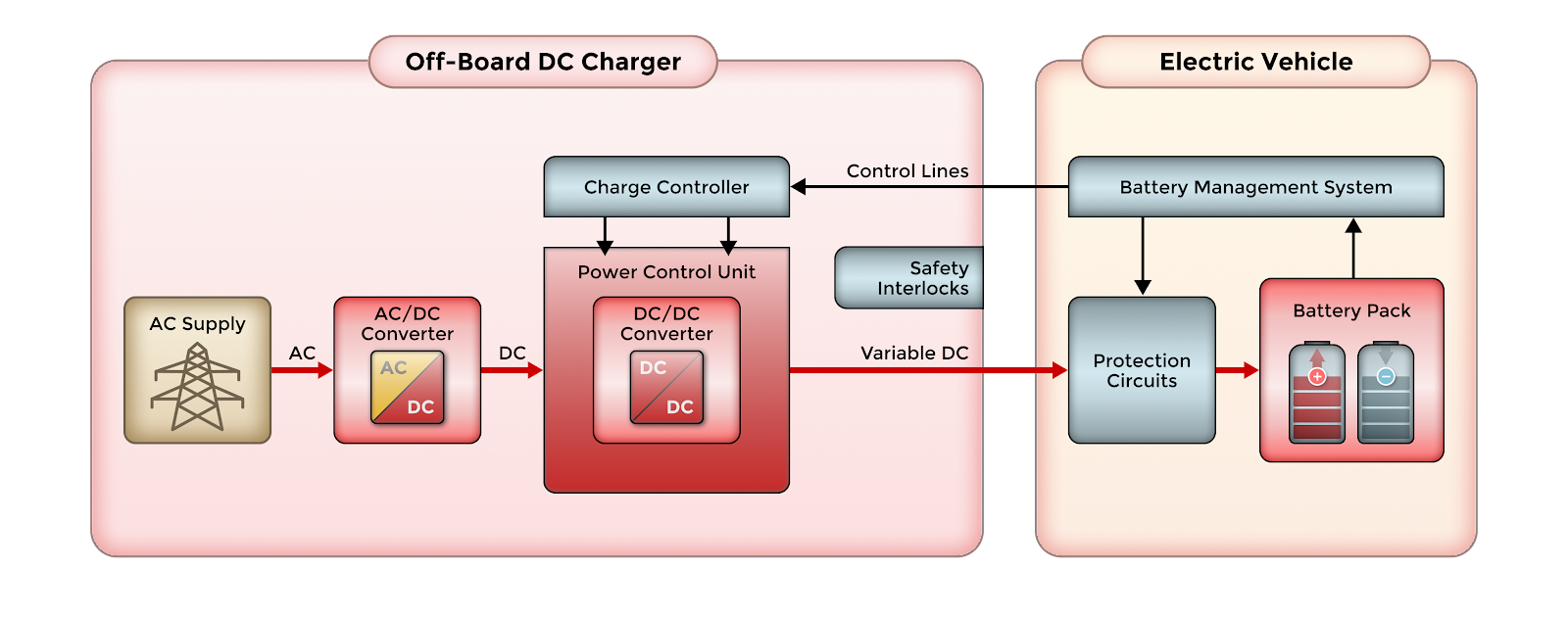
AC to DC Stage
3-Phase Full Bridge PFC Rectifier
This is the first level of power conversion in an EV charging station. Also known as the PFC stage, it’s where the incoming AC power from the grid (380VAC to 415VAC) is converted to a stable DC link with a voltage of around 800V and EMI filtering to suppress noise and EMI.
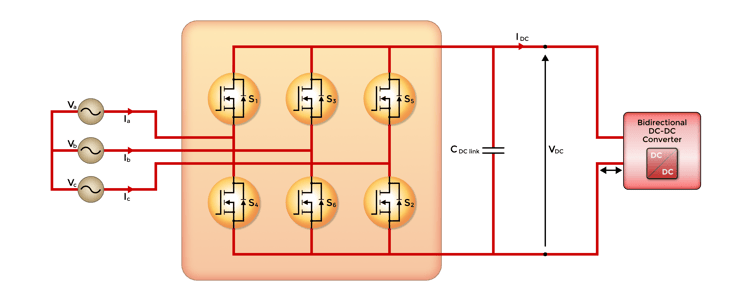
For DC fast charters, silicon carbide (SiC) components offer additional advantages to help maximize efficiency while increasing power density and reliability. They also help designers and OEMs reduce BOM costs by requiring fewer components and less design space. SiC semiconductors are ideal for high-voltage applications (1,200V and above). MCC’s portfolio of silicon carbide solutions is growing to accommodate increased demand in the auto industry.
DC to DC Power Conversion Stage
Once the AC power has been converted to a safe DC link in the PFC phase, the DC fast charger’s sub-unit power converter reduces the approx 800V DC link to a lower voltage so the EV battery can safely receive it directly from the fast charger (bypassing the vehicle’s on-board charger).
There are a couple of different topologies engineers can utilize when designing for the DC-DC stage of a DC fast charger:
Dual-Action Bridge (DAB) DC-DC Converter
The bidirectional DC-DC converter utilizes identical primary and secondary side full bridges, known as dual active bridges. A high-frequency intermediary transformer delivers galvanic isolation.
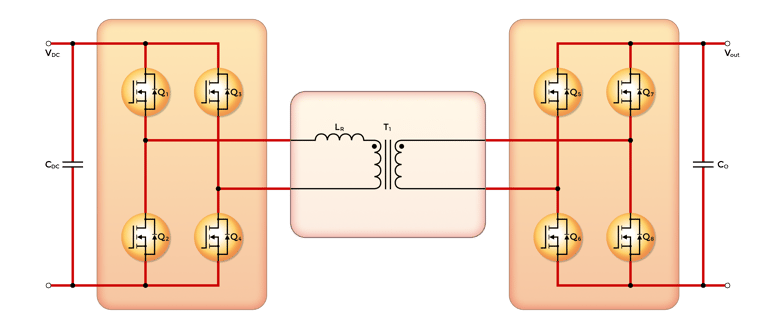
CLLC Resonant DC-DC Converter
The second DC to DC option is the capacitor-inductor-inductor-capacitor (CLLC) DC-DC converter. This topology uses a symmetric resonant network for bidirectional power distribution.
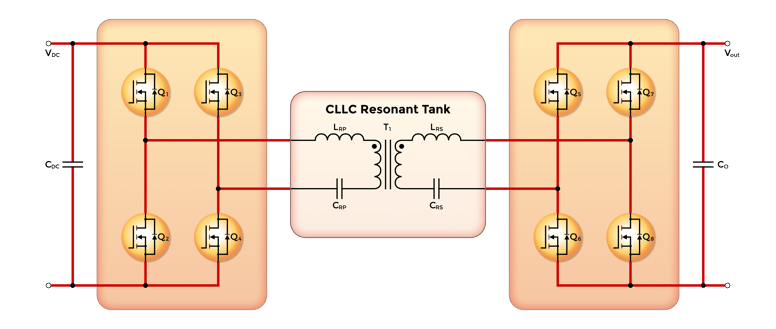
MCC Semi has intelligent SiC solutions for all stages and configurations of power conversion needed to enable DC fast chargers — from unidirectional topologies to symmetric resonant networks.
While electrification for fast-charging stations is a key priority for smart cities, there are several other applications required to enable more connected and eco-friendly living. MCC supports other sustainable applications, including:
Smart energy meters
Energy storage systems
Solar inverters
EV battery management systems
E-bike battery management systems
E-scooter battery management systems
Contact us to request a sample or discuss your design needs.
.png?width=50&height=50&name=mcc%20150x150%20(1).png)
